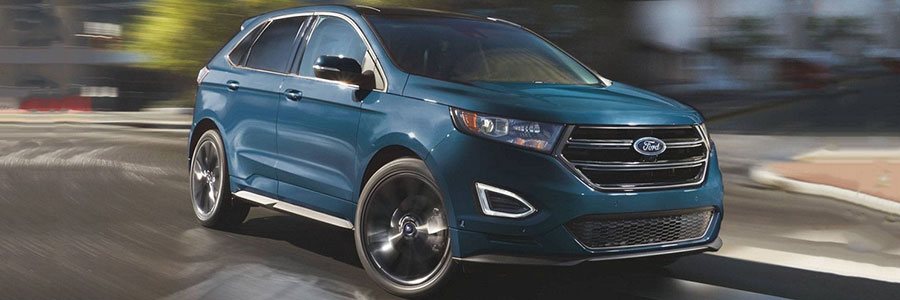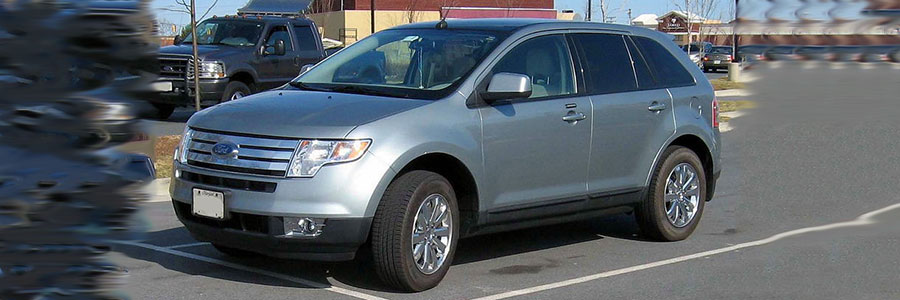When it comes to the Ford Edge, there’s only two generations available on the North American market, each boasting their own unique features. Let's take a look and see how they differ from one another.
Key takeaways
- Despite only being two generations, the Ford Edge has had a generous amount of face lifts, helping maintain a modern look inside and out.
- Both generations share the same size 2.0L EcoBoost engine, but the newer generation gains more horsepower and better fuel efficiency thanks to better tuning.
- The second generation of the Edge gained a handful of safety features that built off of the first generation helping make sure that the Edge never falls behind in the safety category.
- The old premium sound system was dropped in the second gen in favor of a B&O system with the same amount of speakers.
First Generation (2007-2014)

For the first generation, the Edge came with 3 engine options, the 2.0L EcoBoost producing 240 horsepower, a 3.5L Duratec V6 producing 305 horsepower, and the 3.7L Duratec engine that produced 265 horsepower which was later tuned up to 285 horsepower in 2011.
It originally debuted with 4 trims, the SE, SEL, SEL Plus (later named the Limited) and the Sport. The SE contained cloth-trimmed seats, single-zone manual air-conditioning, steering wheel controls, and 17-inch painted aluminum wheels. The SEL trim contains everything that the SE has but adds a leather wrapped steering wheel, a reverse sensing system, and larger wheels at 18-inches. The Limited trim includes a heated driver’s seat, as well as a Sony audio system with 12 speakers. And the Sport trim includes a 3.7L engine, 22-inch polished aluminum wheels, and 4-inch chrome oval dual exhaust tips.
The Edge received a facelift in 2011, gaining a new front fascia, wheels, and a revised bumper. With the interior also gaining minor changes in better materials, and capacitive touch controls.
Second Generation (2014-2024)

This generation has a few more model years than the one before it. The Ford Edge was redesigned to have a similar grille to the Taurus or the Explorer, as well as gaining new headlights, LED combination tail lights, more interior room, and a rear-view camera to help make reversing easier and safer. Despite having the same engine size, the one that comes on this generation is slightly more powerful at 245 horsepower.
In 2019, the Edge received a facelift to keep things fresh, gaining new aluminum-alloy wheel options, as well as new interior and exterior color combinations. The 12-speaker Sony system from the previous generation was dropped for a B&O 12-speaker system, and all models that came after this redesign come with a new 8-speed automatic transmission.
In 2021 the Edge got another change, this time the infotainment screen was the main focus, it got upgraded to a 12-inch tablet style touchscreen that has smartphone integration.
Ford also wants to remain at the top of its game when it comes to standard safety features, and in doing so it introduced three new features to the Edge.
The new features are a post-collision braking system that automatically applies brake pressure when one is detected, helping prevent any further damage. Evasive steering assist helps you steer around stopped or slower vehicles to help prevent a possible collision, and adaptive cruise control with stop and go lane centering. This feature allows you to maintain a level of confidence and comfort by reducing stress while on long car trips by maintaining a set distance to the car in front of you with minimal effort.
Summary
When it comes to the Ford Edge, there’s been some styling changes along the way, come stop by Jarrett Ford and we can give you an in-depth look.